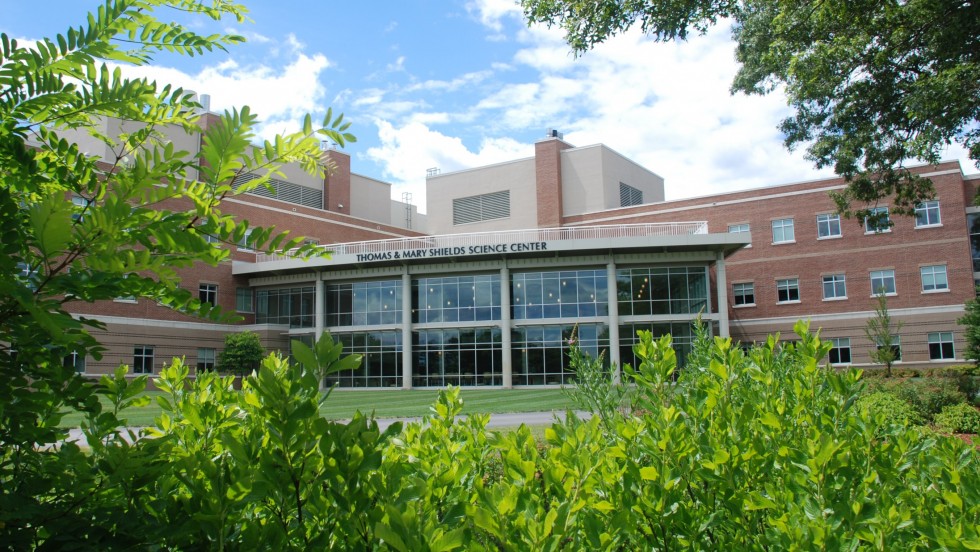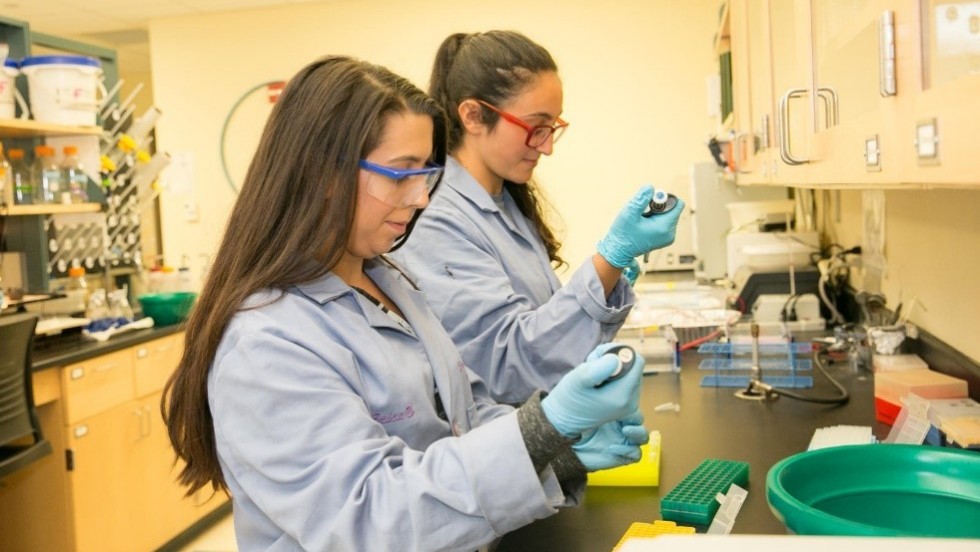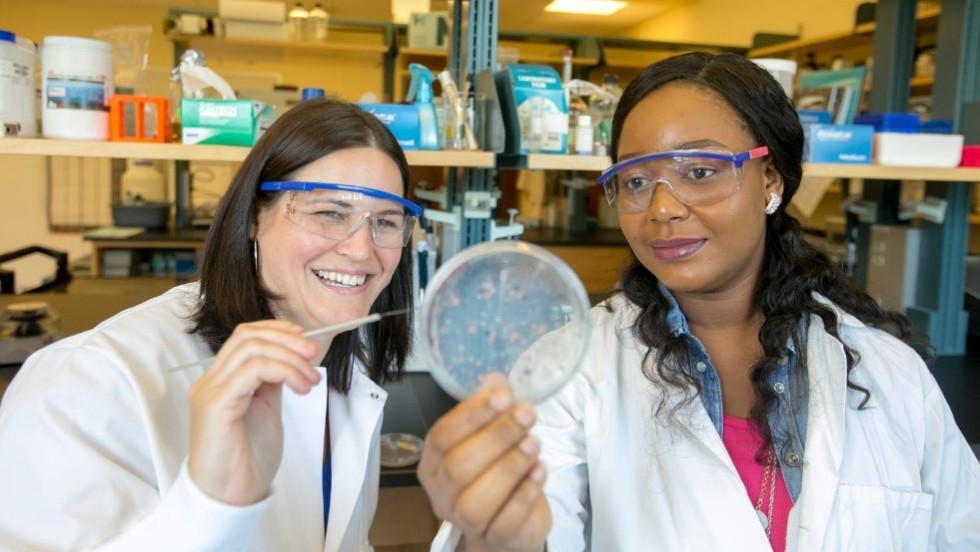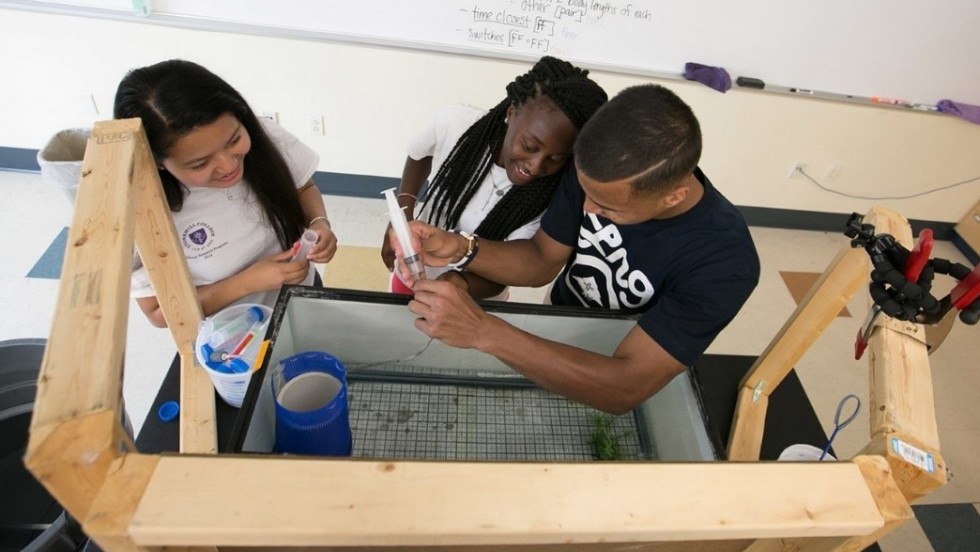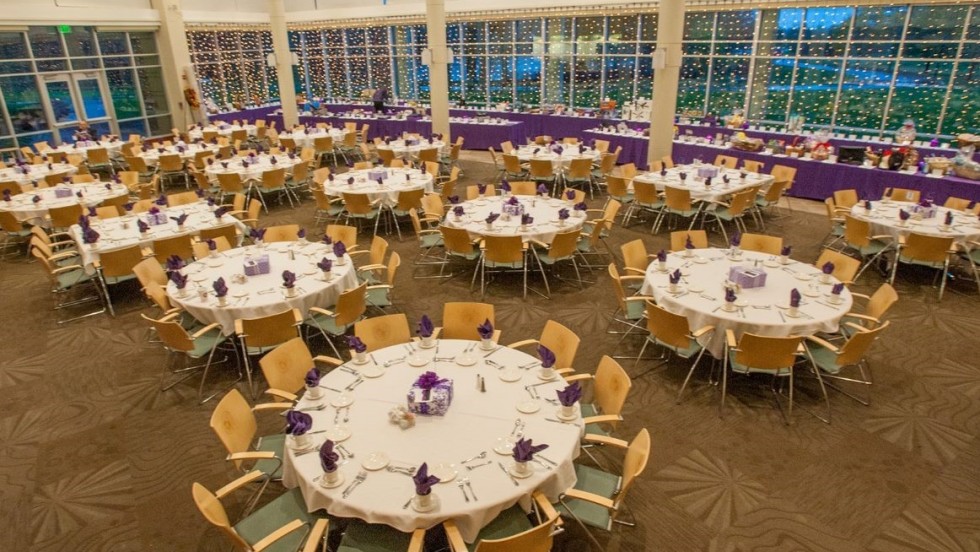Thomas and Mary Shields Science Center Impact Report
10th Anniversary Edition
Since its opening in 2009, the Thomas and Mary Shields Science Center has become an essential part of the Stonehill campus. With special events hosted in the Peggy and Ray Pettit Atrium, study spaces available throughout the building, classrooms dedicated to the sciences, and state-of-the-art research and teaching labs designed with input from faculty, it has proved an effective nucleus for scientific development. With our gratitude for making the Thomas and Mary Shields Science Center a reality on our campus ten years ago, we are pleased to provide you with a report highlighting the impact of the Shields Science Center over the past decade.
The Shields Science Center continues to impact Stonehill campus and culture:
- It is open to all students of all majors for study space and events.
- It remains the epicenter of scientific advancement on campus due to its modern technology and resources.
- It provides social and gathering space for campus special events, lectures, and presentations.
About the Shields Science Center
Academic Highlights
Strong science programs attract students seeking rigorous academic challenges. Housed in the 89,000-square-foot Thomas and Mary Shields Science Center, these programs provide students access to equipment normally available only to graduate students while encouraging collaboration among faculty and students. Students gain a breadth of experience through research and internships supervised by highly qualified and supportive faculty. Maintaining its dedication to combining technical training with the liberal arts, the College graduates science majors who are not only superb scientists, but also well-rounded lifelong learners devoted to research and discovery.
Active Research Laboratories
For example, since the start of the Neuroscience Program in 2006 faculty have improved the depth and breadth of the curriculum by adding courses such as Neuroscience Research Methods, Psychopharmacology, Cognitive Neuroscience, and Sensory and Motor Neurobiology. All of these new courses emphasize active learning approaches and hands-on experience with cutting edge technology. All are a direct result of the spaces and resources afforded by the Thomas and Mary Shields Science Center.
Faculty Use
The Cyr Lab uses the lab space for assays, the tissue culture room to grow hypothalamic neurons, and the microscope room for immunofluorescence. Research in the Cyr Lab investigates how biochemical pathways and neuronal synapses are altered under different nutritional conditions—aiming to discover novel therapeutics for obesity and Type II Diabetes.
Dr. Jenn Segawa, Assistant Professor of Biology and Neuroscience, directs the Cognitive Neuroscience Laboratory in Shields. Her work focuses on the neuroscience of language and speech production. In two years, Dr. Segawa has trained a number of Stonehill Undergraduate Research Experience (SURE) students and research interns in the use of electroencephalography and computational neuroscience methods in the Shields Science Center.
Dr. Heather Yu, Assistant Professor of Biology and Neuroscience, is setting up a Neurophysiology Laboratory in Shields, which will allow students to be trained in electrophysiological recording techniques.
Research in the Shields Science Center extends beyond the natural sciences and includes social sciences such as Psychology. Professor of Psychology Bonnie Klentz examines the extent jurors are influenced by forensic evidence depending on their interest in and viewing of forensic crime dramas. The Psychology Labs in the Shields Science Center have allowed Dr. Klentz to conduct mock jury research that includes juries of 12.
Transformative Funding
National Science Foundation CAREER
National Science Foundation S-STEM
The Peggy and Ray Pettit Atrium
The Peggy and Ray Pettit Atrium continues to be an excellent space for academic gatherings and for holding conferences for the Stonehill community and the public. At the forefront is the significant impact that the Peggy and Ray Pettit Atrium has made on every student and active member of the Stonehill community. The Pettit Atrium is one of the most popular workspaces on Stonehill College's campus.
Student Use
• Writing essays while sipping their Dunkin Donuts coffee, conveniently sold just outside the entrance to the Pettit Atrium.
• Using the Pettit Atrium as a dynamic workspace for peers to work on group projects at roundtables throughout the area.
• Working independently at the high-top tables that outlooks Ames Pond and the entrance to campus—the natural light shining in through the windows with the occasional dog-walker spotted on the sidewalk making the list of assignments easier to tackle.
• Taking advantage of the opportunity to ask their peer tutors for science course help in PLTL (Peer-Led Team Leaders) tutoring sessions.
Signature Programs and Events
• The Annual Benefactor and Student Scholarship Dinner.
• Speeches by politicians and public figures, including Mayor Marty Walsh (2015) and Jon Favreau, Former Obama Speechwriter (2014).
• The Student-Led Conference on DisAbilities, where students both hear from guest speakers and host breakout sessions to discuss stigmas around people with disabilities, the work being done to help people with disabilities, and how to become an ally.
• DiverCity, a student-led event that is a culmination of dance (traditional and contemporary) and other musical and theatrical performances, promotes diversity and inclusion in the Stonehill College community.
• A reception for 55th Annual President's Dinner that honored Boston Marathon survivor Heather Abbott '96 (May 2016).
• The student-led Lead4Justice Conference, where students both hear from guest speakers and host breakout sessions presenting on specific social justice issues.
• The Annual Opening Mass of the Holy Spirit to kick off the new academic year.
